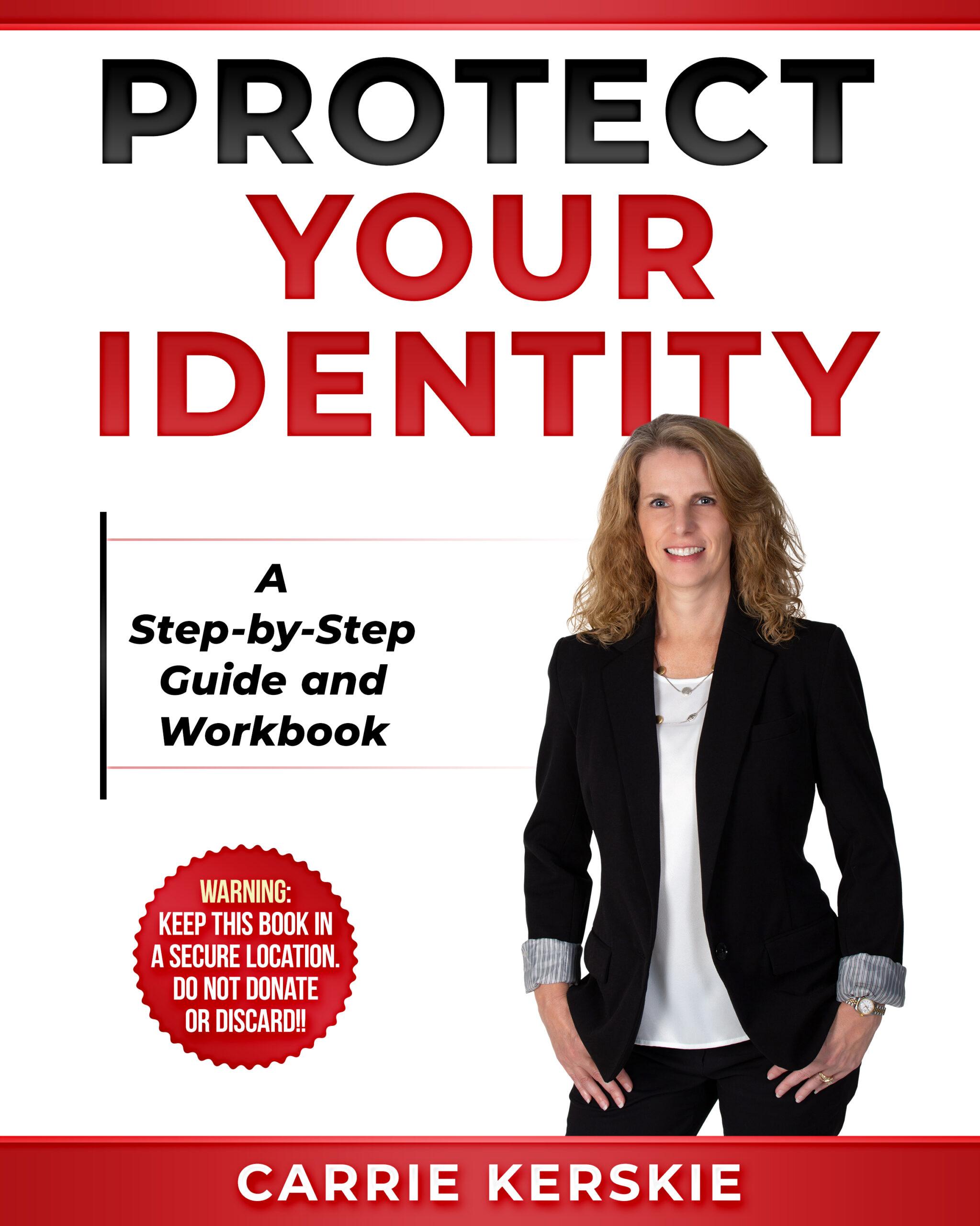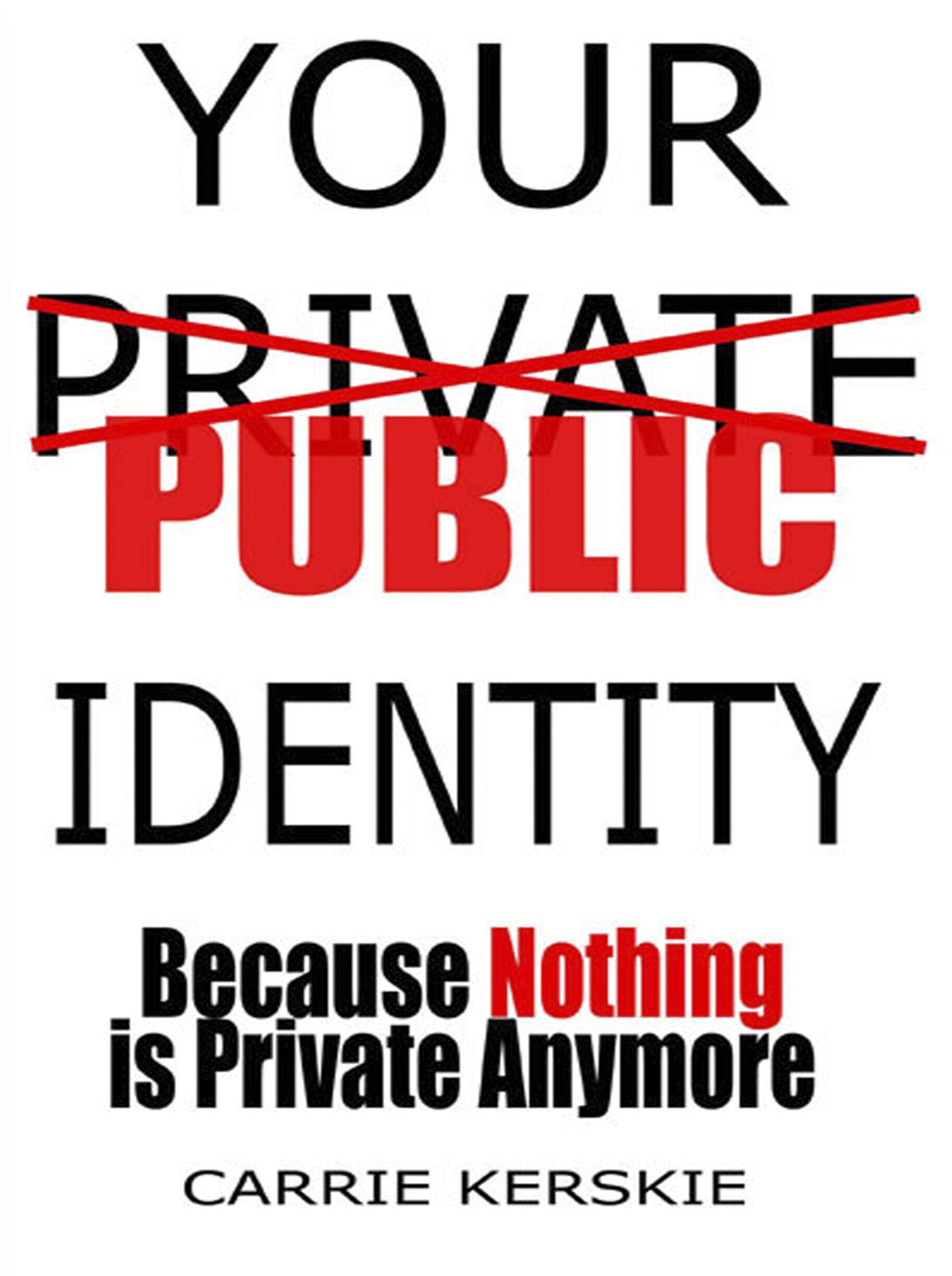As COVID19 has altered our lives it too has altered the lives of the bad guys. We are seeing the results in a new version of identity theft, one that CANNOT be detected by credit monitoring.
What is it?
Keep reading to find out.
In 2019 I received a call from an identity theft victim. Little did I know that that call was a glimpse into 2020.
Meet the Victim
I offered a free initial consultation, as I do with all victims. I wanted to determine if she needed help and if we could help her. I asked her to start from the beginning, what tipped her off that she was a victim of identity theft.
She said it all started when she received a letter from Wells Fargo stating that they were closing her bank account due to suspicious activity. She initially thought it was a scam as she had never had an account with them. She called Wells Fargo and entered the black hole of customer service by phone. As you can imagine, she was transferred from department to department. Each time having to retell her story. After an extensive amount of time, the call was disconnected.
Out of frustration she decided to drive to the nearest Wells Fargo branch. She wanted answers!
The Plot Thickens
She arrived at the branch and met with a either the branch manager or a representative. The title is irrelevant. We will go with representative. The victim showed the representative the letter and asked him to see if there was an account in her name. The victim was required to show proof of identity before the representative could oblige her request.
I think it is ridiculous that victims must jump through hoops to prove their identity, but bad guys can open accounts with ease.
To the victim’s surprise, not only was there a checking account, a savings account was found too. The representative offered to print out statements and recent transactions for the accounts. Both the victim and the representative were shocked to discover that upon opening the accounts, $30,000 was deposited. Where did the money come from?
To add even more confusion, the funds were quickly transferred to numerous accounts including brokerage, online banking, cryptocurrency, Google ads, and more. Similar activity was discovered in the savings account. What was happening??!!
The victim asked the representative, “who opened the accounts and when were the opened?” To their surprise, the representative discovered that an imposter had opened the accounts in-person at a branch in the next town over. The imposter presented an ID, a driver’s license, with all the victim’s information except for a different photo. The representative knew this was identity theft.
The representative had the victim sign a few forms and instructed her to file an identity theft report with local law enforcement.
A police report is often requested by financial institutions when disputing a fraudulent account. In the past, people would cry “identity theft” to have purchases reversed or to avoid paying bills. Since filing a fraudulent police report is a crime, it lessens that chance of someone falsely claiming identity theft.
Digging Deeper
I asked the victim if I could see the bank statements. It was as she described, money-in and money-out to numerous financial institutions and online accounts.
I began to ask the victim a series of questions and discovered the following:
- She did not have a financial loss in any of her accounts, meaning, the money deposited did not come from her accounts.
- She had checked her credit card statements, none of them showed cash withdrawals or suspicious activity.
- She had only contacted a couple of the organizations that received the fraudulent funds from the fraudulent checking and savings accounts. Those accounts were also in her name.
At this point, I was as confused as the victim as to the motive. Identity thieves most often will open new credit accounts or take-over a victim’s financial accounts. The goal is quick money. In this case, the thief was not profiting off the victim. No new credit accounts. No attempts to access the victim’s financial accounts. What was their angle.
Then it hit me. The imposter was only using the victim’s identity so he could launder money. It explained why the imposter set up crypto-currency accounts, Google ads accounts, and similar e-commerce accounts.
I proceeded to work with the victim to restore her identity and dispute the numerous fraudulent accounts. The entire time I was thinking, “this is only the beginning.”
Welcome to the Ozarks
Flash forward to 2020 and the Coronavirus.
As business activity came to a screeching halt, I knew it was the calm before the storm on many levels.
The news began reporting on the negative impacts to the service industry – primarily bars, restaurants, gambling, event venues, and more. I felt fear for these businesses. I have friends, relatives, and clients that are owners or employees in the services industry. But my fear was greater than that. I started looking at the effects of the Coronavirus from the mind of the bad guy.
If you have ever watched an episode of The Ozarks, one of my favorite binge-watching shows, you would know that bad guys need to launder money. How do they do it? Service businesses with high cash volume. The same type of businesses that were now shut down or operating at a reduced capacity due to COVID19. Can you see where I am going with this??
If the bad guys can no longer launder money through their service businesses, they must find another way to do it. Enter the identity theft victim.
Bad guys are using identities to open checking and savings accounts for the sole purpose of laundering money. How do I know? We have received a huge increase in calls from victims where checking and savings accounts were opened using their identity. None of their personal accounts were compromised. No new credit accounts opened using their identity. Only checking and savings accounts.
Consequences to Victims
Recovering from money laundering identity theft is time consuming and tedious work. It is like peeling back the layers of an onion. Every newly discovered account reveals more accounts. The cycle continues until all the layers reveal a pungent, eye-burning center.
In this case, the center represents the possible negative consequences outside of the accounts. Banks are required to report suspicious activity using a SAR (suspicious activity report) to Fin Cen when there is suspected money laundering or fraud.
Do you remember how the identity theft victim discovered she was a victim? She received a letter from Wells Fargo stating they had suspended her account due to suspicious activity. That means they more than likely filed a SARS to Fin Cen reporting her account as suspicious. The question I have is: after she reported the accounts as fraud, did Wells Fargo amend or rescind the SARS report? If not, she now has a blemish on her banking record for suspected money laundering or fraud.
If that wasn’t bad enough, banks are required to report deposits over $10,000 to the IRS. When the bad guy deposited $30,000 into the fraudulent account, the bank more than likely followed protocol and reported it to the IRS. Is this going to cause tax problems for the victim? Does it set her up for a potential audit in the future?
We attempted to contact the IRS to give them a heads up. Unfortunately, the only option was to file an IRS Identity Theft Affidavit, Form 14039, and hope for the best. Maybe with the increase in money laundering identity theft, financial institutions and the IRS will be better prepared to assist victims.
What can you do?
In the meantime, what can you do to protect yourself? Not much. Opening a bank or checking account doesn’t usually involved a credit check. Because of this, credit monitoring will not detect it or notify you. In fact, after reviewing the credit reports of victims, I noticed that none of them show hard inquiries. Meaning no credit reports were pulled to open the accounts. Some of the victims had frozen their credit prior to the incident. But, because credit reports were not involved, a freeze did nothing to protect them from the fraudulent opening of bank accounts. Just to be clear, I fully support a credit freeze to prevent new account fraud.
Not all hope is lost. There is an alternative – ChexSystems. What is ChexSystems? Here is the description taken directly from their website
Chex Systems, Inc. (ChexSystems) is a nationwide specialty consumer reporting agency under the federal Fair Credit Reporting Act (FCRA). ChexSystems’ clients regularly contribute information on closed checking and savings accounts.
Basically, ChexSystems is used by banks to help them decide if they should open your account or not. They provide banks with information such as
- Involuntary account closure
- Bounced checks and overdrafts
- Unpaid negative balances
- Account, card, or ATM abuse
- Suspected fraud or identity theft
- Number of accounts applied for recently
Did you know that you can request a free copy of your ChexSystems consumer report?
Did you know that you can also request a freeze on your report?
You didn’t? Aren’t you glad you kept reading this post?
If you have never requested your ChexSystems report, do it today. You can request your report online, by phone 800.428.9623, or by mail using their report disclosure request form.
Placing a freeze on your ChexSystems report prevents them from releasing any information without your authorization. If you do not plan on opening a new banking account or transferring to another bank, go ahead and freeze your ChexSystems. If you need to temporarily lift your ChexSystems freeze, you can do it on their website.
To learn more about ChexSystems, how to read their report, and placing a freeze visit their website.
Looking forward
Besides ChexSystems, the only other thing you can do is watch out for warning signs.
- You receive a debit card in the mail for an account you did not open
- You receive a letter regarding an unknown bank account
- You receive a call from a bank regarding a new unknown account or account application. Be careful, it could be a scam call. If you do receive a call, hang up and call them back at the phone number located on the bank’s website.
These are only a few of the warning signs that our clients have discovered. As the bad guys evolve, new warning signs may be discovered. In the meantime, stay alert. If something doesn’t seem right, take action. Pick up the phone and call, or visit a local branch. Ignoring the problem will not make it go away, it will only get worse.
If you suspect you are a victim of identity theft, consider giving us a call. We here at Kerskie Group have worked with identity theft victims for nearly 15 years. We can help you too. Call us at 239-435-9111 to schedule a free case evaluation.




